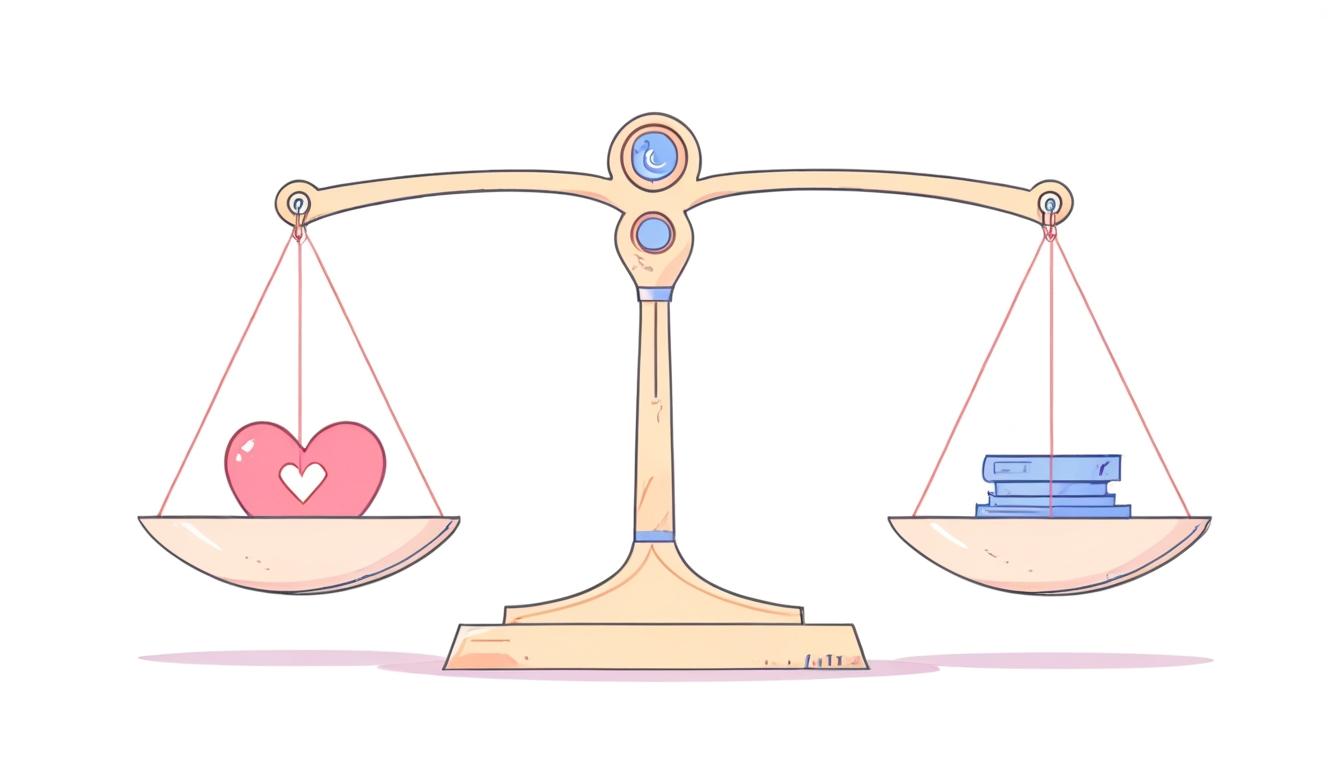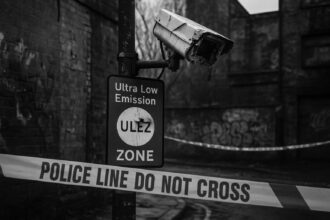OpenAI announces its transition to a Public Benefit Corporation while retaining non-profit board oversight, navigating investor pressures and regulatory scrutiny as it aims to balance profit motives with its founding mission of ethical AI development.
In a recent blog post, OpenAI has announced its transition into a Public Benefit Corporation (PBC), while remaining under the control of the non-profit board that controversially ousted its CEO, Sam Altman, in late 2023. This restructuring emerges amid ongoing pressures from various stakeholders and the competitive landscape of artificial intelligence development, raising important questions about governance and mission alignment within the company.
Originally founded in 2015 by Altman and Elon Musk, OpenAI began life as a non-profit with an ambitious mission: to develop safe AI technologies that would benefit humanity as a whole. Following Musk’s departure from the board in 2018, OpenAI adopted a capped-profit model, allowing it to raise critical funds, especially for extensive AI model training. However, this shift led to scrutiny from investors, particularly figures like Microsoft and SoftBank, who now seek greater returns on their investments. Recently, the company’s governance model has faced challenges, notably the friction that led to Altman’s brief dismissal. Altman’s quick reinstatement served as a reminder of the ongoing tensions between operational demands and the foundational mission of the organisation.
The announcement of the shift to a PBC indicates an attempt to navigate these challenges while retaining non-profit oversight. This model requires OpenAI to balance profit motives with social benefits, a prospect that has elicited mixed reactions. Critics, including Elon Musk, have expressed concerns that this restructuring is merely a “cosmetic” measure, reducing the non-profit’s power to govern effectively. Musk’s legal challenges, framed as a betrayal of the company’s original intent, further complicate this landscape. Many industry experts argue that the historical lack of accountability mechanisms for PBCs adds to the uncertainty. As corporate lawyer Michael Dorff points out, while large shareholders can theoretically sue for governance failures, actual cases remain absent from legal discourse, raising doubts about enforceability.
Within this evolving framework, analysts are particularly concerned about OpenAI’s ability to attract necessary funding while adhering to its mission. Altman has asserted that the organisation will evolve into one of the best-capitalised ‘charities’ globally, yet the potential for conflict remains in balancing the expectations of investors with the foundational goals set out at the company’s inception. The forthcoming restructuring has not been without critique, as some experts argue that any attempt to prise the for-profit arm from its non-profit roots might ultimately fail amidst profit-driven pressures.
Furthermore, regulatory dynamics add another layer of complexity to OpenAI’s journey. The company’s upcoming benefit reports, mandated for PBCs every two years, could either serve as a meaningful reflection of its commitment to societal benefit or devolve into mere marketing exercises. Industry observers stress the urgent need for robust legal frameworks that govern the rapidly advancing AI sector, particularly in response to the EU’s proactive stance with its AI Act, while the U.S. continues to lag in its regulatory measures.
Amid these industry shifts, Altman’s personal journey reflects broader societal trends concerning AI’s role in daily life. After his temporary ousting, he has expressed a renewed commitment to responsible AI development, recognising societal concerns surrounding safety and emotional dependency. He likens the current wave of AI innovation to the Renaissance, emphasising the profound influence these technologies may have on human existence, yet acknowledging the significant moral and regulatory questions that remain unresolved.
As OpenAI embarks on this restructured course, the balance between innovation, profit, and ethical responsibility remains delicate. Stakeholders, including prominent investors and regulators, will scrutinise whether OpenAI can successfully harmonise its ambitious goals with the need for financial stability, steering clear of the pitfalls that have beleaguered other tech companies in the past.
Reference Map
- Paragraphs 1, 2, 3, 4, 5, 6
- Paragraphs 1, 3, 4
- Paragraphs 2, 3
- Paragraphs 2, 6
- Paragraphs 1, 4, 6
- Paragraphs 3, 5, 6
- Paragraphs 1, 2, 4
Source: Noah Wire Services
- https://news.google.com/rss/articles/CBMirAFBVV95cUxNdl85ZkM1YjNnZmhBVjNLdExjMnhXZUM5RUVjR3BERUNyYXkwbmpHT21Kb1ZRMGRsUjVGNjZHTDFHdXBrdDF4SXNoRHNGQjFuOEdFeXVwTmo1bGl6WWFRWHRiYklGQm9SWXFNazFDc0xMTTB6YlNQcmgxSnNVRXIzWFpLNUl4WnJ0bXZFeXJfSnFzRjdsUWtocVRETnlDQ2kwS0dDZDhfeF94bDRE?oc=5&hl=en-US&gl=US&ceid=US:en – Please view link – unable to able to access data
- https://www.ft.com/content/78139990-33f3-428b-a07c-422e3dd1b702 – This article examines the governance challenges faced by AI companies like OpenAI, which was initially established as a non-profit to ensure AI development benefits humanity. In 2019, OpenAI transitioned to a capped-profit model, retaining non-profit oversight. However, pressures from investors such as Microsoft and SoftBank have led to proposals weakening this governance model. A controversial plan in December 2024 to convert OpenAI into a voting shareholder body faced backlash, prompting a revised plan in May 2025 to preserve non-profit control while removing profit caps. Critics express concern that these self-imposed constraints are vulnerable to profit-driven pressures, citing OpenAI’s 2023 leadership crisis as evidence. The article underscores the urgent need for legal frameworks to govern the rapidly evolving AI industry responsibly, highlighting the EU’s progress with its AI Act and the U.S.’s hesitance.
- https://www.ft.com/content/a3d65804-1cf3-4d67-ac79-9b78a10b6dcc – Sam Altman, CEO of OpenAI and the figure behind ChatGPT, has become a central figure in the global AI race. Since launching generative AI models in 2022, OpenAI has rapidly grown to a valuation over $250 billion and released increasingly advanced models, including the latest, o3, which is described as demonstrating ‘genius-level intelligence.’ Altman, who spends more time at his Napa Valley farm with his family after the birth of his son, discusses the promise and perils of AI, advocating for responsible development while acknowledging societal concerns over safety, emotional dependency, and potential misuse. Altman’s career has been marked by turbulence—in 2023 he was briefly ousted and quickly reinstated at OpenAI following a governance clash. He co-founded OpenAI with Elon Musk, a relationship now soured amid legal battles. Despite the controversies and ethical debates surrounding AI and proprietary content, Altman remains confident his technology can benefit humanity, likening the AI revolution to the Renaissance. He believes AI may soon become deeply personal tools embedded in daily life, raising profound questions about control, regulation, and the balance between innovation and responsibility in shaping the future.
- https://www.axios.com/2025/05/05/opena-nonprofit-altman-chatgpt – OpenAI has decided to abandon plans to convert its for-profit subsidiary into an independent entity, reaffirming that the nonprofit will remain in control of the organization and its technology. In a letter to employees, CEO Sam Altman emphasized that OpenAI is not and never will be a typical company. Originally founded as a nonprofit, OpenAI previously initiated the creation of a for-profit Public Benefit Corporation (PBC) to support its growth and the increasing costs associated with developing ChatGPT. However, after Altman’s brief ousting in November 2023 and resulting investor concerns, he had considered making the for-profit arm independent from the nonprofit board. This proposal met criticism, notably from Elon Musk, who sued OpenAI for allegedly straying from its original mission. Altman insisted that the mission remains unchanged and reaffirmed the organization’s commitment to putting powerful tools in the hands of everyone. Moving forward, the industry will monitor whether OpenAI’s new stance satisfies its investors and supports the continued influx of funding.
- https://www.axios.com/2025/05/06/openai-nonprofit-sam-altman-control – OpenAI has initiated a significant restructuring plan, transitioning its for-profit arm from a ‘capped-profit’ model to a public benefit corporation in a bid to secure tens of billions in funding. This move follows the controversial ousting and subsequent return of CEO Sam Altman by OpenAI’s nonprofit board in late 2023. Although the restructuring helps secure future investments, it falls short of Altman’s broader goal to sever the for-profit entity from the oversight of the nonprofit board entirely. This lingering oversight means future governance issues, like Altman’s prior dismissal, remain a possibility. The corporate conflict centers on control of what many see as the next transformative platform in Silicon Valley—AI—and touches upon who will direct its development and moral compass. The new structure still requires approval from key stakeholders, including Microsoft and regulators such as California and Delaware’s attorneys general. Meanwhile, critics, including co-founder Elon Musk, continue to challenge the direction and integrity of the company’s evolution, keeping OpenAI embroiled in legal disputes. As Altman stated, OpenAI remains fundamentally unique in its corporate identity and mission.
- https://www.reuters.com/business/openai-remain-under-non-profit-control-change-restructuring-plans-2025-05-05/ – OpenAI announced it will remain under nonprofit control while advancing plans to restructure its for-profit arm into a public benefit corporation. This move aims to attract the capital necessary to remain competitive in the fast-evolving AI sector. The restructuring allows OpenAI to increase fundraising capabilities while retaining oversight by its nonprofit parent, which will be a major shareholder in the updated entity. This decision follows legal scrutiny and criticism, notably from co-founder Elon Musk, who filed a lawsuit alleging OpenAI had deviated from its mission to benefit humanity. The company confirmed collaboration with Microsoft, regulators, and new nonprofit commissioners to finalize the plan. CEO Sam Altman and Board Chairman Bret Taylor emphasized that the updated structure closely mirrors the current one and is designed to satisfy investors while preserving the company’s foundational mission. OpenAI seeks to raise up to $40 billion in a funding round led by SoftBank at a $300 billion valuation, which remains feasible under the revised plan. Despite this, analysts warned that controlling interest by the nonprofit could constrain aggressive capital-raising efforts. Musk’s lawsuit and a $97.4 billion takeover bid he led remain unresolved, adding further intrigue to OpenAI’s governance future.
- https://www.axios.com/newsletters/axios-closer-d8101c40-29d6-11f0-a267-31fe7eb72474 – In today’s Axios newsletter (May 5, 2025), OpenAI CEO Sam Altman announced that the company will remain under nonprofit control, abandoning plans to transition its for-profit activities into an independent entity. The nonprofit will oversee a newly established Public Benefit Corporation (PBC), maintaining influence while enabling some commercial flexibility. This move may be a response to pressure from stakeholders including Elon Musk, who has sued OpenAI for straying from its founding principles. The decision was reportedly influenced by discussions with civic leaders and attorneys general. In other news, Berkshire Hathaway confirmed longtime deputy Greg Abel will succeed Warren Buffett as CEO by year’s end, leading to a 5.1% drop in stock—despite Buffett staying on as chairman. Meanwhile, Skechers agreed to a $9 billion acquisition by 3G Capital, and Ford warned of a $1.5 billion tariff impact. Tension also rose in the entertainment sector after President Trump floated tariffs on foreign films, causing significant stock dips among major studios. Pratt & Whitney workers in Connecticut went on strike over labor disputes, adding to the day’s economic movement.
Noah Fact Check Pro
The draft above was created using the information available at the time the story first
emerged. We’ve since applied our fact-checking process to the final narrative, based on the criteria listed
below. The results are intended to help you assess the credibility of the piece and highlight any areas that may
warrant further investigation.
Freshness check
Score:
8
Notes:
The narrative references recent events such as Sam Altman’s ousting and reinstatement in late 2023, indicating a relatively fresh piece. However, it does not provide real-time updates on the ongoing situation beyond that point.
Quotes check
Score:
6
Notes:
The narrative includes a quote from Sam Altman comparing AI to the Renaissance but lacks explicit sources or verification. It also mentions Elon Musk’s concerns and Michael Dorff’s insights without direct citations.
Source reliability
Score:
7
Notes:
The narrative does not explicitly cite its sources but appears to draw from general knowledge about OpenAI and AI governance. Its information aligns with well-publicised facts, suggesting some reliability.
Plausability check
Score:
9
Notes:
The claims about OpenAI’s restructuring and governance challenges are plausible and align with known pressures in the AI industry and organizational changes within OpenAI.
Overall assessment
Verdict (FAIL, OPEN, PASS): OPEN
Confidence (LOW, MEDIUM, HIGH): MEDIUM
Summary:
The narrative appears to be relatively fresh and plausible but lacks concrete source verification for specific quotes. Its reliability is moderately supported due to aligning with known facts about OpenAI.













